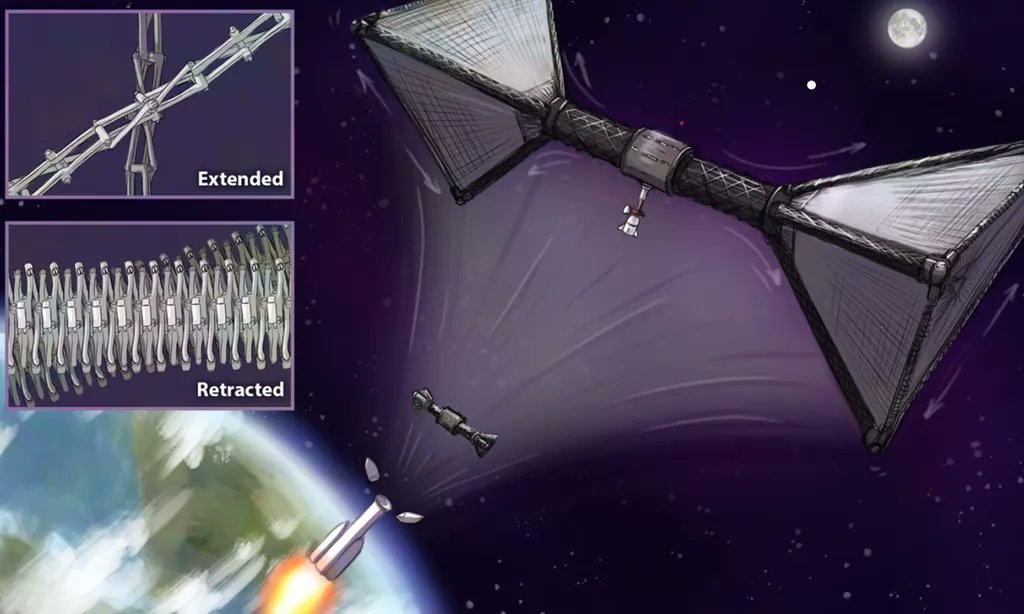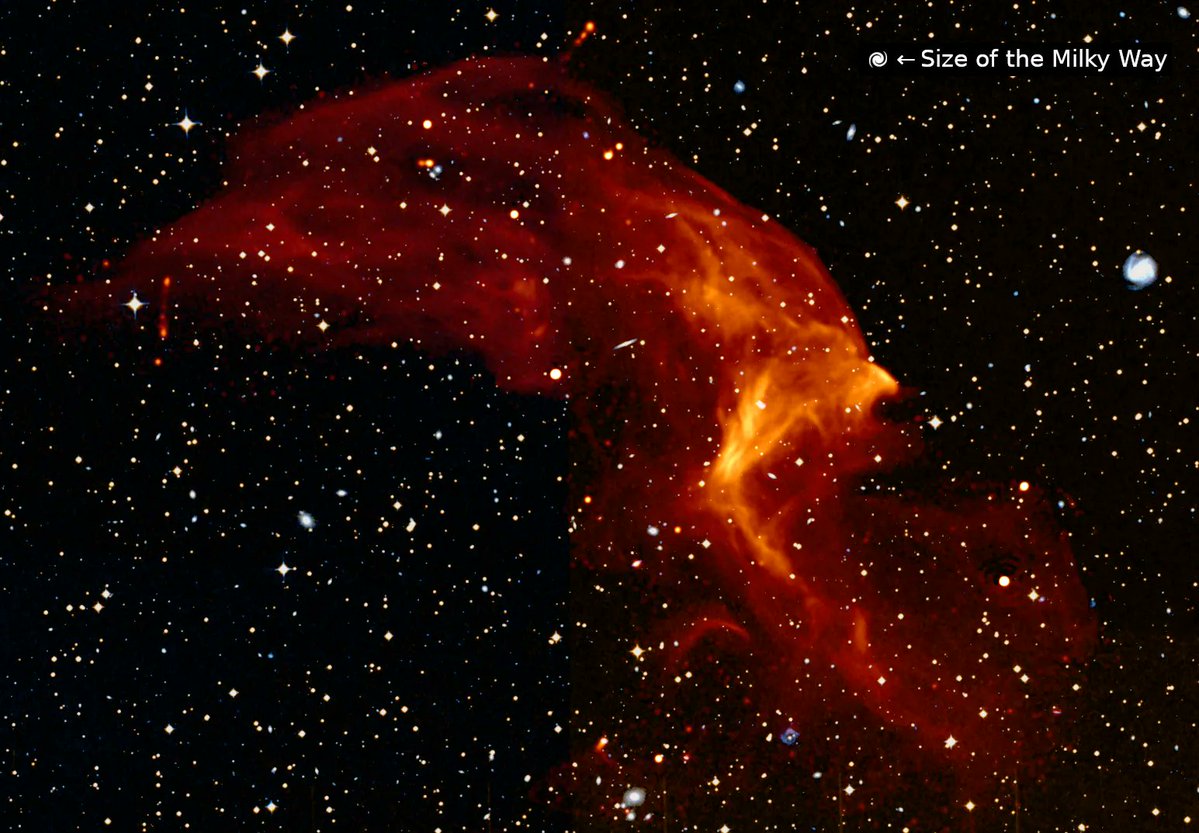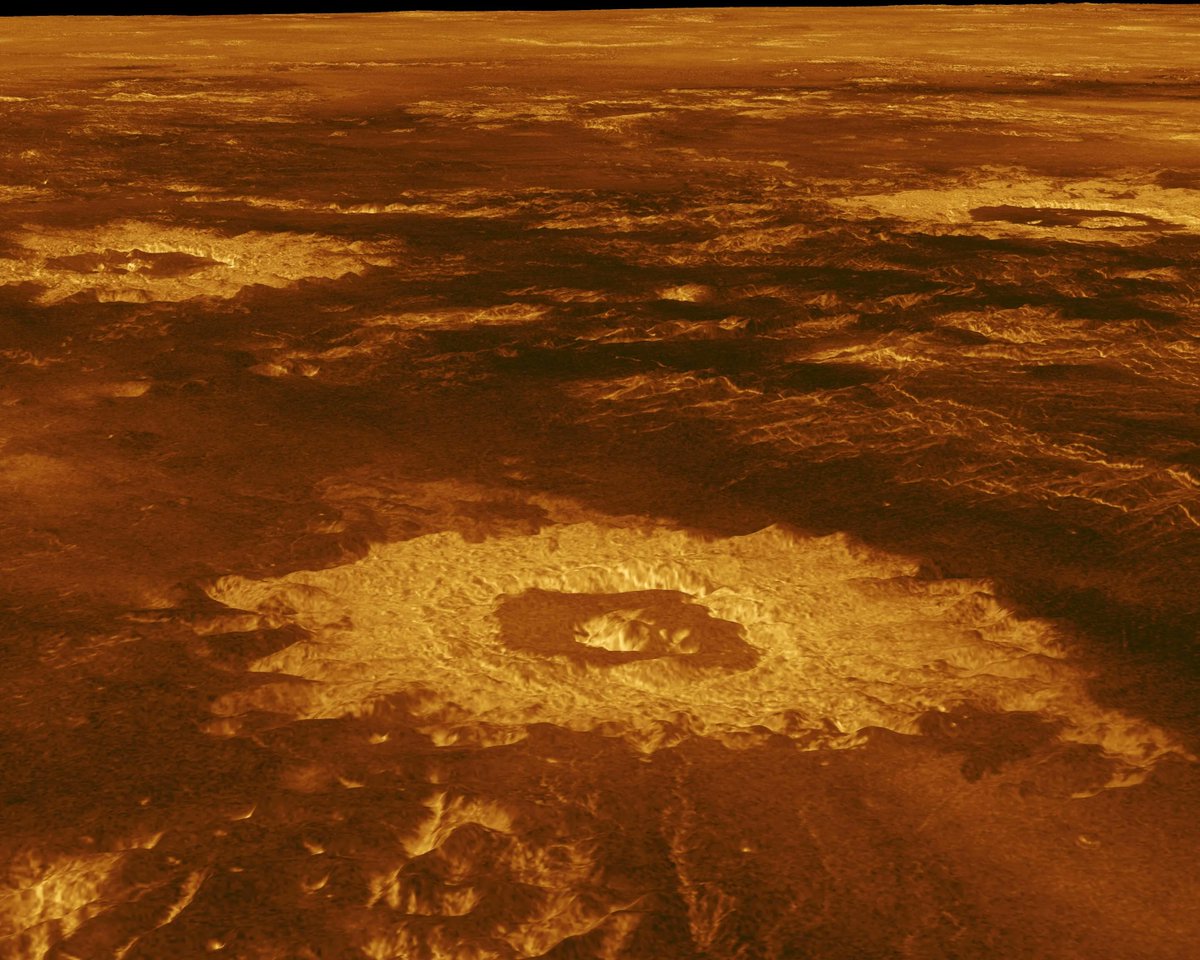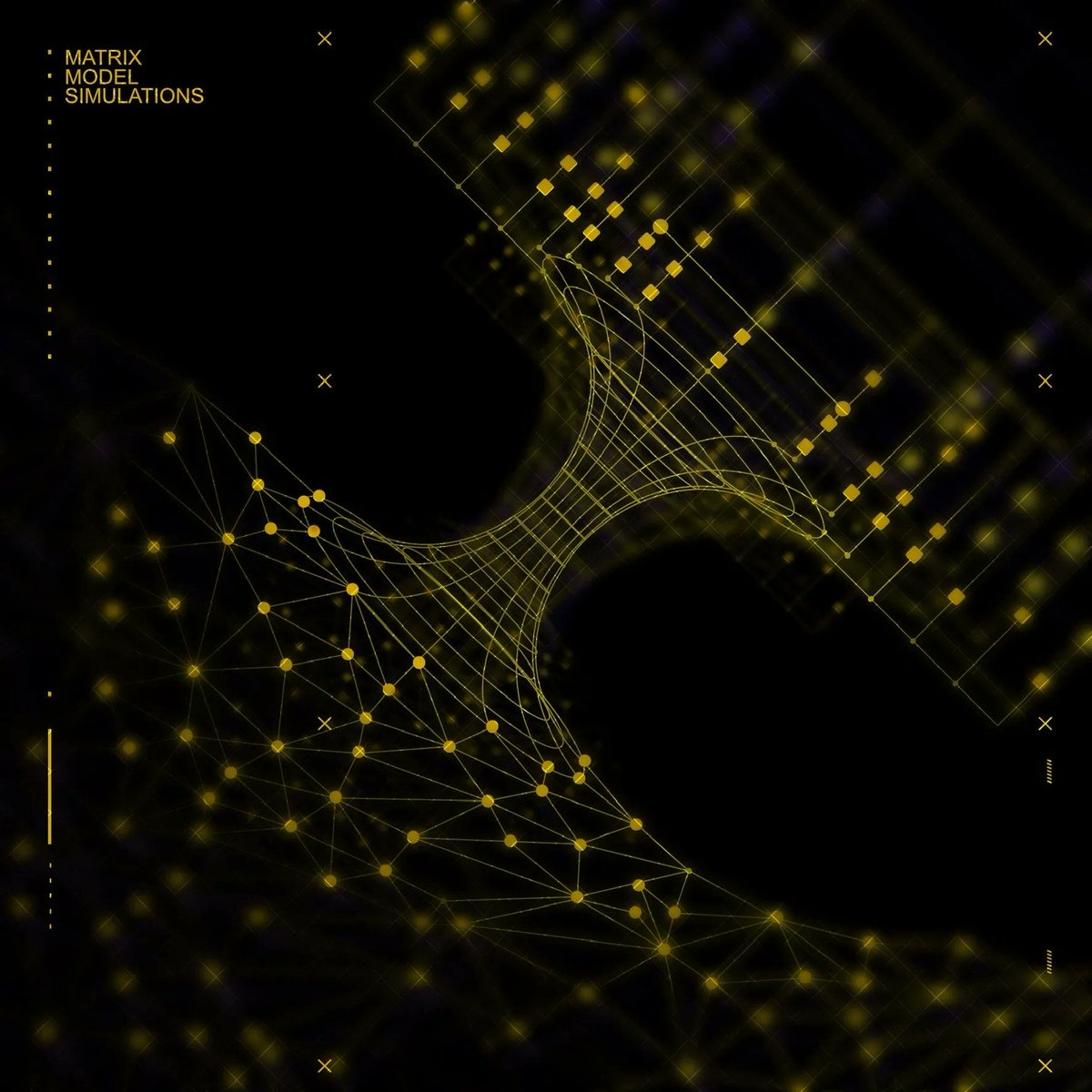Artificial gravity remains the stuff of science fiction. But dealing with no gravity causes significant problems in many astronauts, ranging from bone deterioration to loss of sight. An alternative method that might eliminate some of these problems is “simulated gravity,” which uses a spinning structure to create centrifugal force that would have the same effect on the body as gravity would. Whether or not this would solve the problems caused by lack of gravity remains to be seen. Still, NASA seems keen on the idea – to the tune of a $600,000 NASA Institute for Advanced Concepts (NIAC) Phase II grant to a team from Carnegie Mellon University (CMU) and the University of Washington (UW) who is looking to develop a structure that can simulate full Earth gravity and be launched in a single rocket.
Continue reading “A Huge Rotating Kilometer-Scale Space Station Could be Launched From a Single Rocket”Mars Explorers are Going to Need air, and Lots of it. Here’s a Technology That Might Help Them Breath Easy
In situ resource utilization (ISRU) is still a very early science. Therefore, the technology utilized in it could be improved upon. One such technology that created one of the most useful materials for ISRU (oxygen) is MOXIE – the Mars OXygen In-situ Resource Utilization Experiment. A small-scale model of a MOXIE was recently tested on the Perseverance last year. Its primary goal is to create oxygen out of the Martian atmosphere.
Continue reading “Mars Explorers are Going to Need air, and Lots of it. Here’s a Technology That Might Help Them Breath Easy”The Best way to Leave the Solar System Might be to fly Uncomfortably Close to the Sun
We’ve reported before on the conceptual mission known as the Interstellar Probe. This ambitious mission would visit the interstellar medium about 1,000 AU away from the Sun. But how exactly would the probe get there in a reasonable time frame? It has taken Voyager 35 years to travel less than 10% of that distance. The answer might lie in an old technology that has been given new life by advances in material science – the solar thermal propulsion system.
Continue reading “The Best way to Leave the Solar System Might be to fly Uncomfortably Close to the Sun”Future Astronauts Might be Able to 3D Print Their own Spacesuits and Parts as Needed
One of the best motivators to solve a problem is to experience it yourself. Dr. Bonnie Dunbar happened to have just such an experience. She is a former NASA astronaut and is now a professor of Aerospace Engineering at Texas A&M. While she was in the astronaut corps, she realized that some of her fellow astronauts couldn’t fit in an Extra Vehicular Activity suit – more commonly known as a spacesuit. So she decided not only to create one for the individuals with the original problem but to create a process by which any other astronaut launched on any future mission can have a spacesuit tailored to their own specific body. And now, her former employer (NASA) is funding her and her lab to complete a feasibility study of this customization process as part of the recently announced NASA Institute for Advanced Concepts (NIAC) program.
Continue reading “Future Astronauts Might be Able to 3D Print Their own Spacesuits and Parts as Needed”The new NIAC Awards are out! New Spacesuits, Breathing Martian air, Advanced Telescopes, and More
The NASA Institute for Advanced Concepts (NIAC) has been a significant funder of pie in the sky research for a long time now. From extrasolar object interceptors to beaming power into a lunar crater, we love reporting about NIAC funded concepts here at UT. Now, a new crop of Phase I and a smaller but more focused crop of Phase II fellows are funded to push the boundaries of space exploration forward.
Continue reading “The new NIAC Awards are out! New Spacesuits, Breathing Martian air, Advanced Telescopes, and More”Astronomers see an Enormous Shockwave, 60 Times Bigger Than the Milky Way
Astronomers have a thing for big explosions and collisions, and it always seems like they are trying to one-up themselves in finding a bigger, brighter one. There’s a new entrant to that category – an event so big it created a burst of particles over 1 billion years ago that is still visible today and is 60 times bigger than the entire Milky Way.
Continue reading “Astronomers see an Enormous Shockwave, 60 Times Bigger Than the Milky Way”Windspeeds on Venus Change Dramatically With Altitude
Venus is a difficult place to explore. Only a few missions have ever made it to the surface, in no small part because of how difficult it is to traverse the planet’s atmosphere. That difficulty was confirmed recently by a team led researchers at the University of Lisbon, who found that the upper part of Venus’ atmosphere suffers from hurricane-force winds of up to 360 kilometers per hour.
Continue reading “Windspeeds on Venus Change Dramatically With Altitude”What’s Going on Inside a Black Hole? The Answers Could be Written on its Surface
Both quantum computing and machine learning have been touted as the next big computer revolution for a fair while now. However, experts have pointed out that these techniques aren’t generalized tools – they will only be the great leap forward in computer power for very specialized algorithms, and even more rarely will they be able to work on the same problem. One such example of where they might work together is modeling the answer to one of the thorniest problems in physics: how does General Relativity relate to the Standard Model?
Continue reading “What’s Going on Inside a Black Hole? The Answers Could be Written on its Surface”Here’s What China is Planning to do in Space for the Next 5 Years
Central planning is literately central to any communist country, though its history has mixed results. As part of that planning, bureaucrats in all parts of the government are occasionally tasked with coming up with goals and milestones for their specific part of the government. These usually take the form of a five or ten-year plan, which is what the China National Space Agency (CNSA) released on January 28th.
Continue reading “Here’s What China is Planning to do in Space for the Next 5 Years”China Releases a Selfie-Stick Video of Tianwen-1 Above Mars
Selfies have become ubiquitous everywhere – even Mars. Now, the Tianwen 1 orbiter is getting into the spirit with a selfie taken high up in Martian orbit.
Continue reading “China Releases a Selfie-Stick Video of Tianwen-1 Above Mars”









